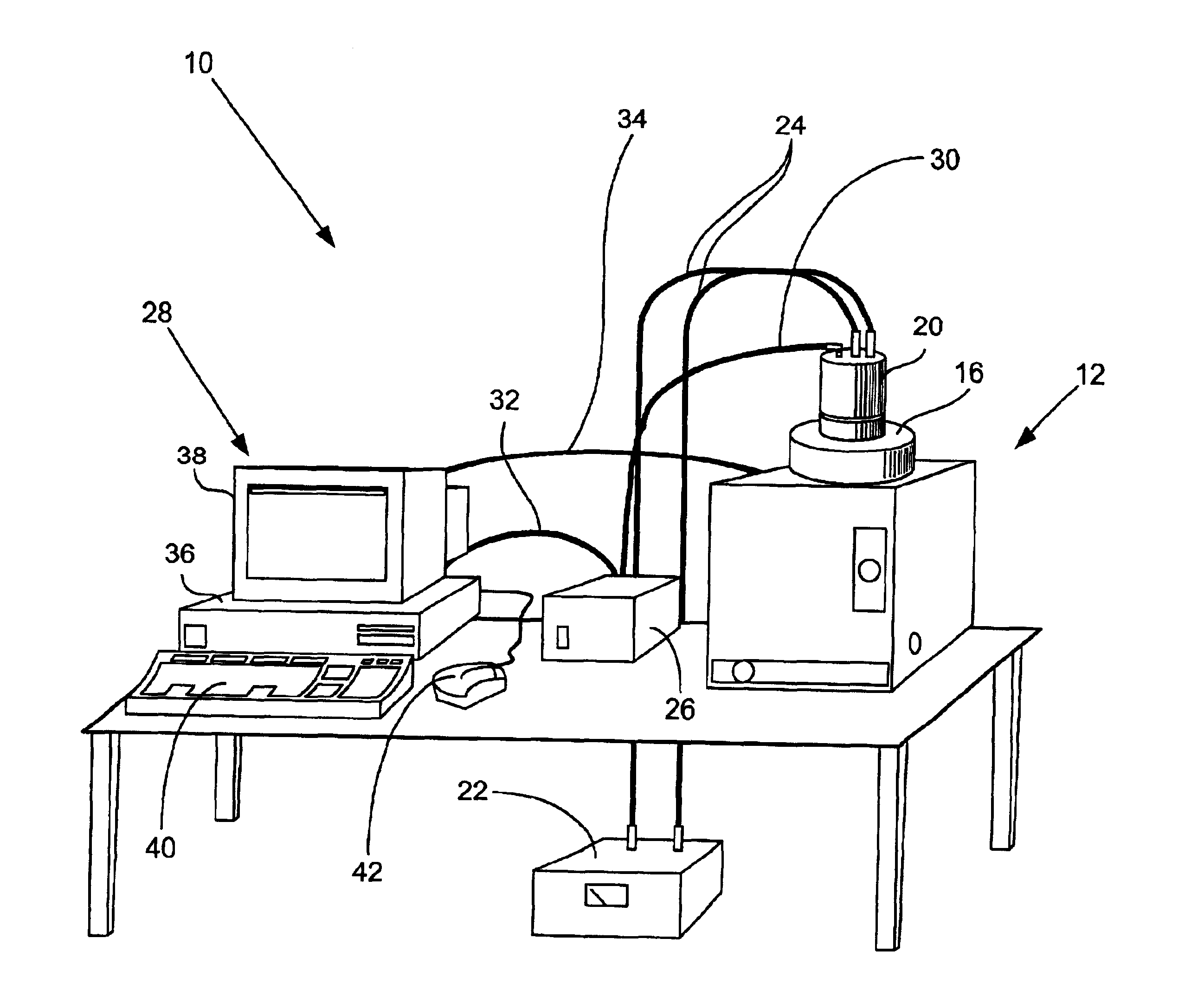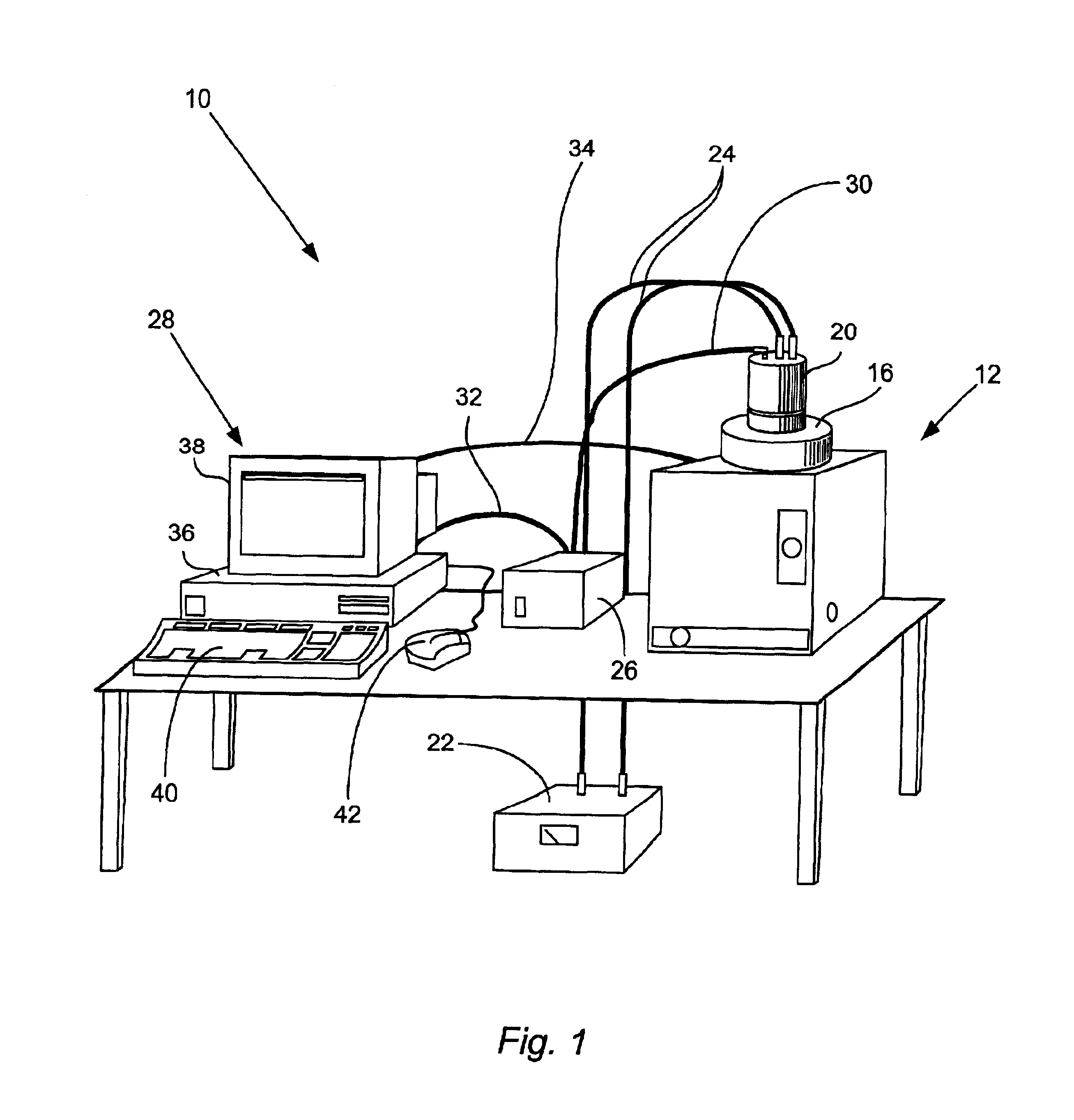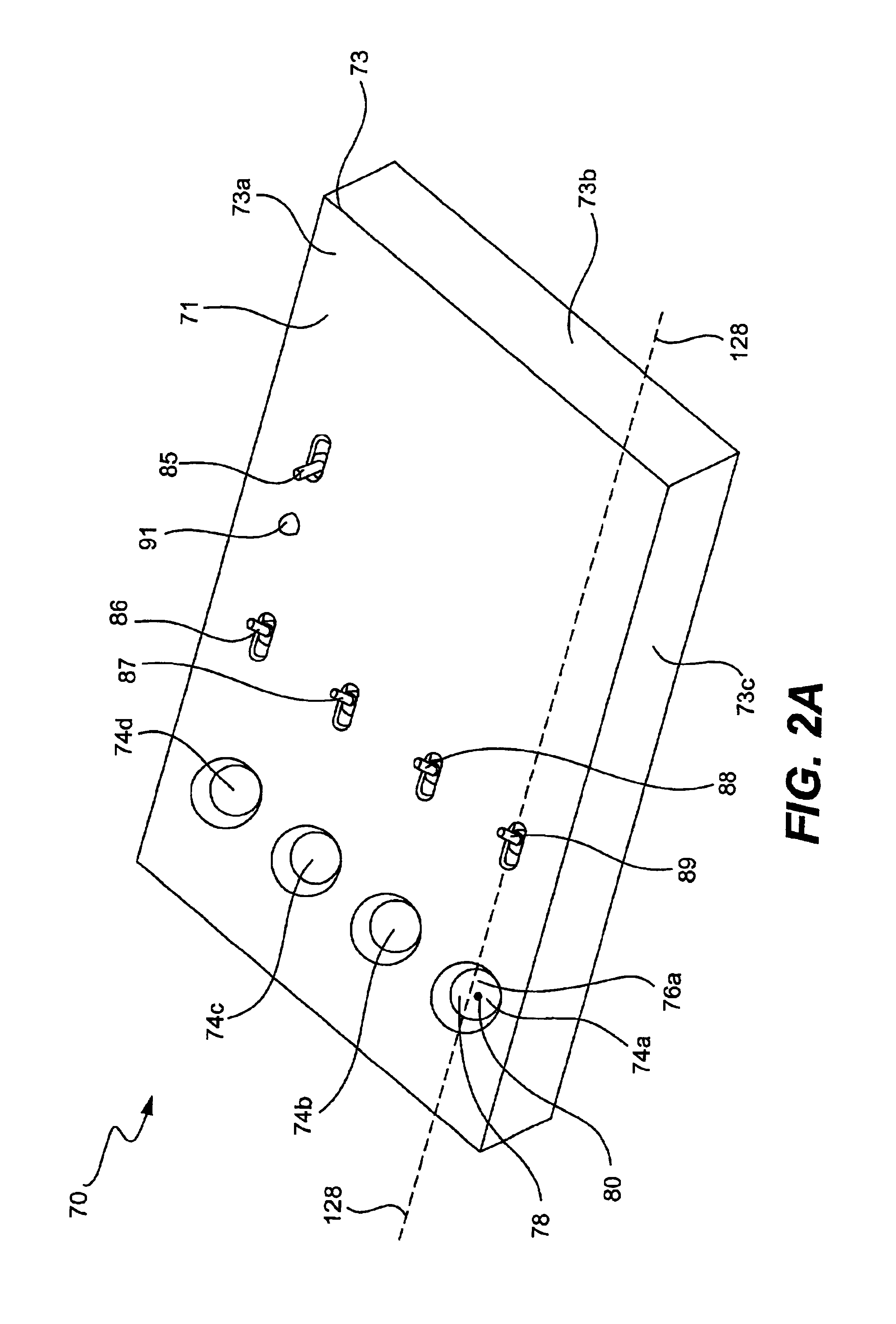Light calibration device for use in low level light imaging systems
a technology of light calibration and imaging system, which is applied in the field of calibration techniques, can solve the problems of varied image capture conditions, incongruity of image capture accuracy at these low light levels with conventional imaging systems, and numerous challenges of imaging applications, so as to achieve the effect of assessing the accuracy of the imaging system and its absolute imaging characteristics
- Summary
- Abstract
- Description
- Claims
- Application Information
AI Technical Summary
Benefits of technology
Problems solved by technology
Method used
Image
Examples
Embodiment Construction
[0017]In the following detailed description of the present invention, numerous specific embodiments are set forth in order to provide a thorough understanding of the invention. However, as will be apparent to those skilled in the art, the present invention may be practiced without these specific details or by using alternate elements or processes. In other instances well known processes, components, and designs have not been described in detail so as not to unnecessarily obscure aspects of the present invention.
I. Imaging System
[0018]In one aspect, the present invention relates to imaging systems for capturing an image of a low intensity light source. FIG. 1 illustrates an imaging system 10 configured to capture photographic and luminescence images in accordance with one embodiment of the present invention. Imaging system 10 may be used for imaging a low intensity light source, such as luminescence from luciferase-expressing cells, fluorescence from fluorescing molecules, and the li...
PUM
| Property | Measurement | Unit |
|---|---|---|
| diameter | aaaaa | aaaaa |
| diameters | aaaaa | aaaaa |
| diameters | aaaaa | aaaaa |
Abstract
Description
Claims
Application Information
 Login to View More
Login to View More - R&D
- Intellectual Property
- Life Sciences
- Materials
- Tech Scout
- Unparalleled Data Quality
- Higher Quality Content
- 60% Fewer Hallucinations
Browse by: Latest US Patents, China's latest patents, Technical Efficacy Thesaurus, Application Domain, Technology Topic, Popular Technical Reports.
© 2025 PatSnap. All rights reserved.Legal|Privacy policy|Modern Slavery Act Transparency Statement|Sitemap|About US| Contact US: help@patsnap.com



